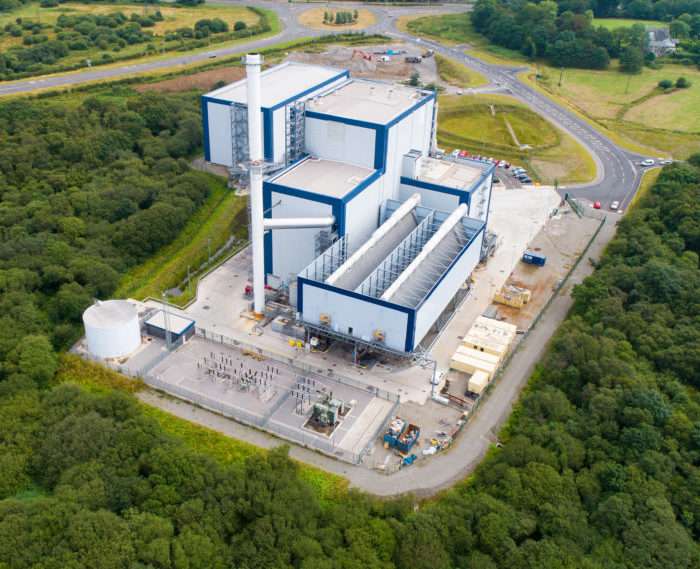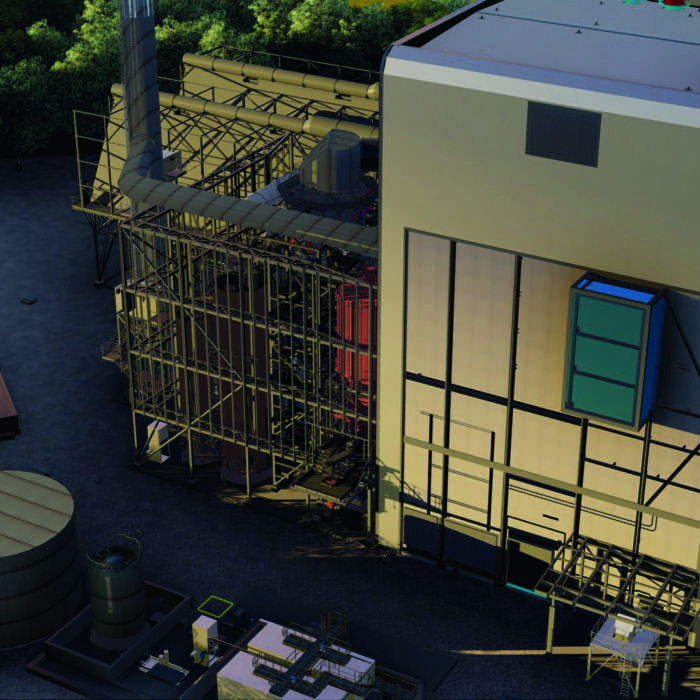Waldeck understand that Utilities and Waste infrastructure is essential to support developments of all kinds, ensuring that vital services work efficiently and reliably.
How we can help
We add value and deliver efficiencies through our unique engineering and commercial capabilities, constantly developing new tools and processes to ensure we deliver innovative design solutions and proof clients’ strategies against future change.
We work closely with clients on projects across:
Our team
As the UK population continues to grow, expanding towns and changing lifestyles are increasing demand on our resources.
In order to combat this, our team has an integrated approach to utilities and waste projects, delivering comprehensive and cost effective solutions that take into account the key drivers, legislation and pollution risks involved in the quickly-evolving sector. This includes:
- Reducing costs and carbon emissions
- Safe working in live environments
- Achieving environmental compliance
- Asset life-cycle efficiency




